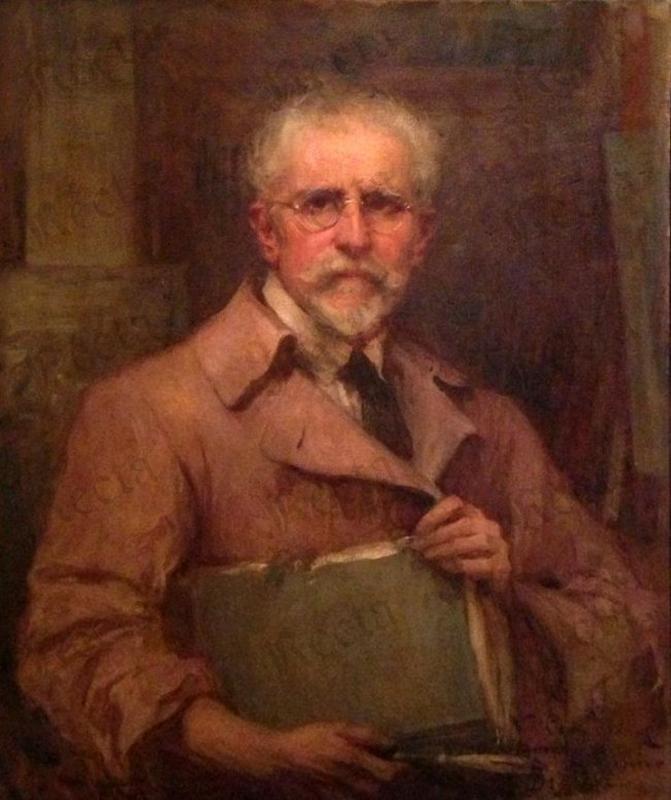|
Vittorio Cavalleri
Vittorio Cavalleri or Cavalieri (16 February 1860 – 1938) was an Italian painter. He mainly painted outdoor genre scenes. Cavalleri was born in Turin. In 1878, he enrolled in the Accademia Albertina, where he studied under Enrico Gamba, Andrea Gastaldi, and Pier Celestino Gilardi. In 1884, he exhibited in the Esposizione Generale of Turin. In 1885, he exhibited the work ''Le zappe abbandonate'' at the Promotrice. He tended to paint refined genre pieces. He was influenced by Divisionism and the style of Telemaco Signorini. He studied and later taught at the Accademia Albertina. He painted with Anselmo Sacerdote, Giovanni Colmo, and Carlo Pollonera Carlo Pollonera (Alexandria, Egypt, March 27, 1849 – Turin, June 17, 1923) was an Italian painter, particularly of landscapes, and also an important malacologist. Biography Carlo Pollonera's father, Giovanni B. Pollonera, was a lawyer in Alex ... in the so-called ''School of Rivara''. Among his pupils was Mario Gachet. [...More Info...] [...Related Items...] OR: [Wikipedia] [Google] [Baidu] |
Autoritratto Cavalleri Vittorio
A self-portrait is a representation of an artist that is drawn, painted, photographed, or sculpted by that artist. Although self-portraits have been made since the earliest times, it is not until the Early Renaissance in the mid-15th century that artists can be frequently identified depicting themselves as either the main subject, or as important characters in their work. With better and cheaper mirrors, and the advent of the panel portrait, many painters, sculptors and printmakers tried some form of self-portraiture. ''Portrait of a Man in a Turban'' by Jan van Eyck of 1433 may well be the earliest known panel self-portrait. He painted a separate portrait of his wife, and he belonged to the social group that had begun to commission portraits, already more common among wealthy Netherlanders than south of the Alps. The genre is venerable, but not until the Renaissance, with increased wealth and interest in the individual as a subject, did it become truly popular. [...More Info...] [...Related Items...] OR: [Wikipedia] [Google] [Baidu] |

